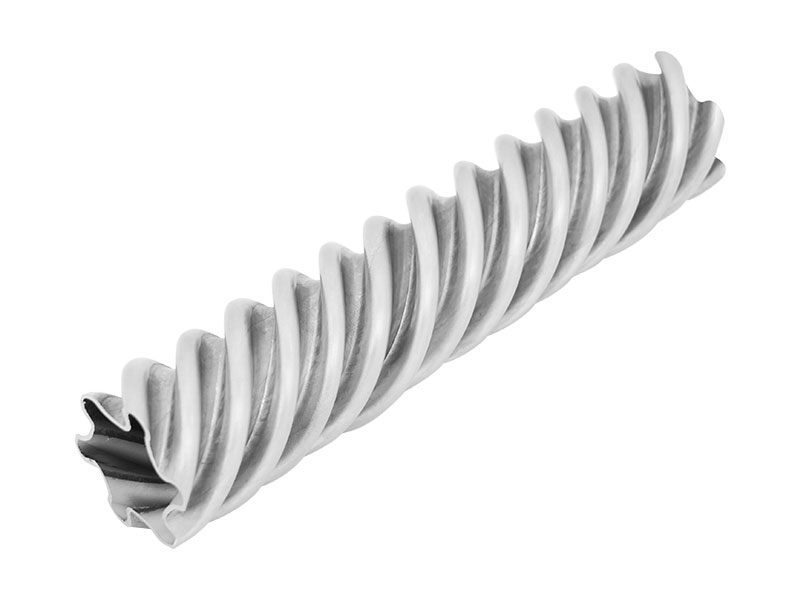Abstract:To prevent weld discoloration and oxidation when welding stainless steel pipe, you can follow these guidelines:
Use the right shielding gas: Shieldin
Use the right shielding gas: Shielding gas is essential during welding to protect the weld area from atmospheric contamination. For stainless steel, you should use argon or a mixture of argon and helium as the shielding gas. This helps prevent oxidation and discoloration.
Clean the surfaces: Properly clean the welding surfaces before starting the welding process. Stainless steel is prone to contamination from dirt, grease, oil, and other impurities, which can lead to discoloration and oxidation. Use a stainless steel brush or a solvent to clean the surfaces thoroughly.
Choose the correct filler material: Select the appropriate filler material that matches the base metal. For stainless steel, there are various filler metals available, such as austenitic stainless steel filler wire or rod. The filler material should have the same or similar composition to the base metal to ensure compatibility and prevent discoloration.

Control the heat input: Excessive heat can lead to discoloration and oxidation. Ensure that you maintain proper heat control during welding. Avoid overheating the material by using the appropriate welding technique, such as pulsing or using a lower amperage setting.
Use a back purge: When welding stainless steel pipes, if possible, consider implementing a back purge. This involves filling the inside of the pipe with an inert gas, such as argon, to displace the oxygen and prevent oxidation on the backside of the weld. This technique is particularly useful for critical applications.
Minimize exposure to oxygen: Stainless steel is sensitive to oxygen, so it's crucial to minimize its exposure during welding. Avoid prolonged exposure to ambient air, and try to work in a well-ventilated area to reduce the chances of oxidation. Additionally, consider using welding curtains or shields to create a more controlled environment around the weld area.
Employ proper welding techniques: Employing appropriate welding techniques, such as back-stepping or using a lower heat input, can help minimize the potential for discoloration and oxidation. These techniques distribute heat more evenly and reduce the time the metal is exposed to high temperatures.
